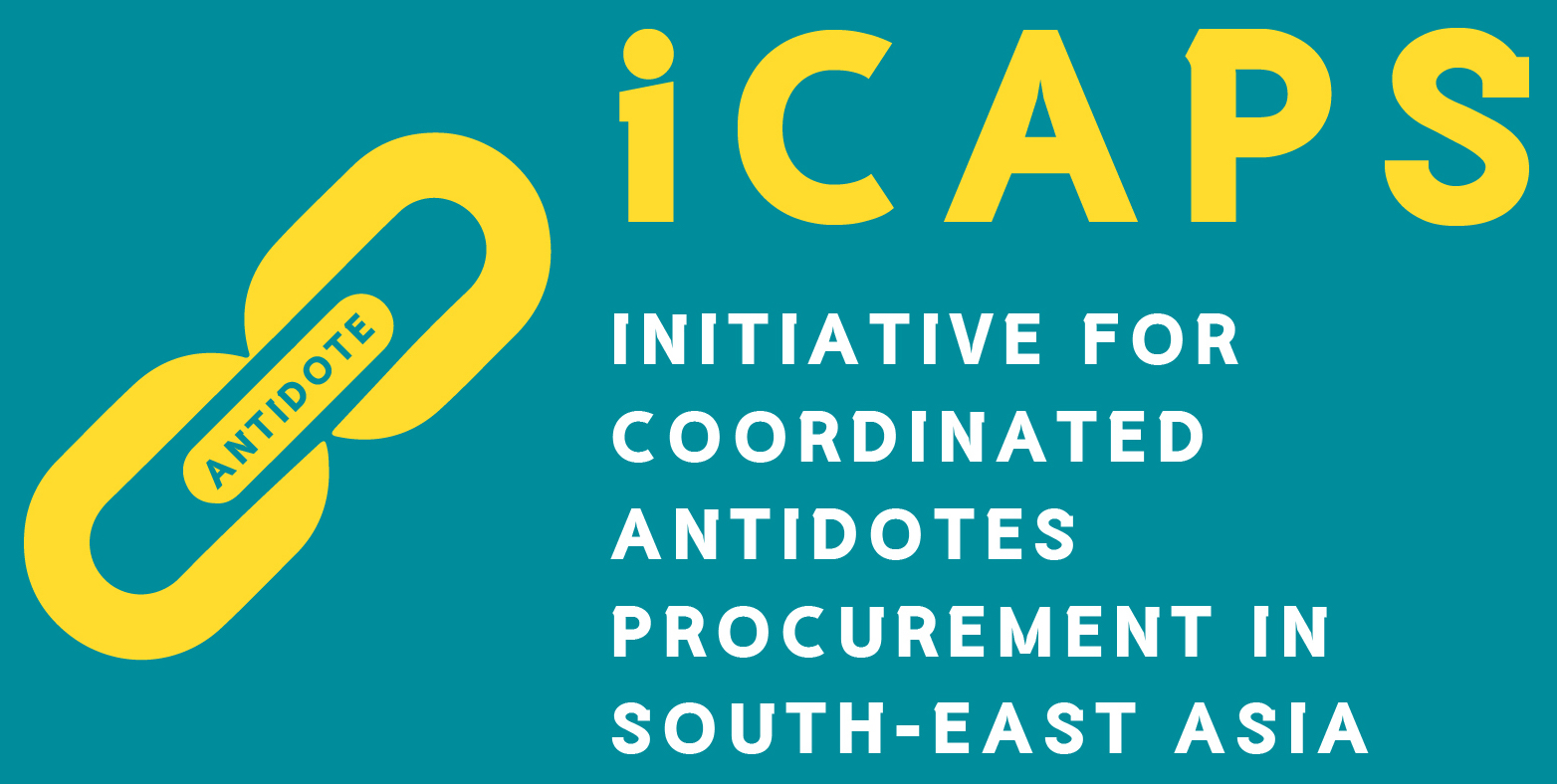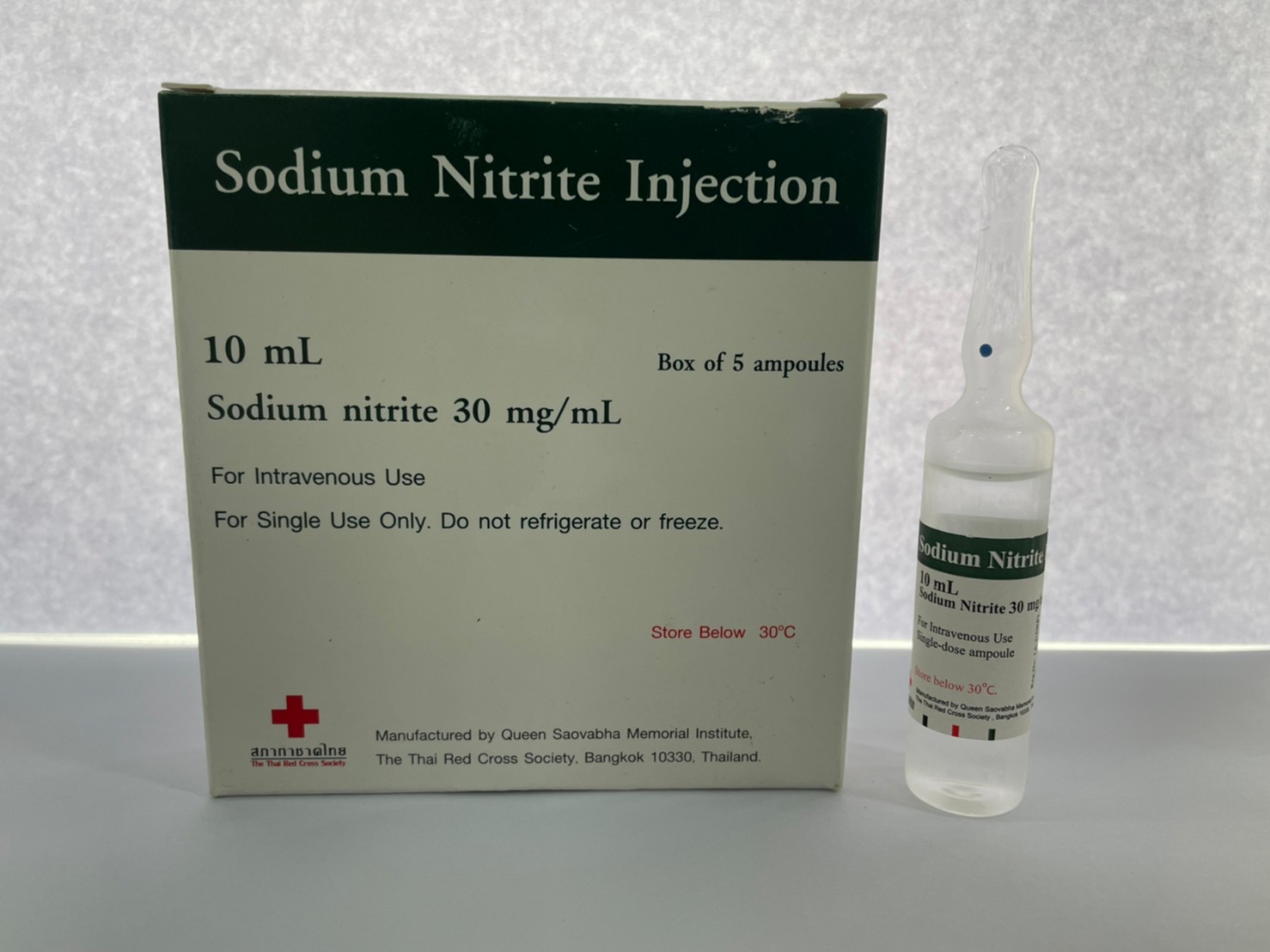|
|
|---|
Uses
- cyanide poisoning (together with sodium thiosulfate).
Precautions
- anemia (monitor plasma methemoglobin levels); severe cardiovascular or cerebrovascular disease. Patients with smoke inhalation injury or carbon monoxide poisoning. Patient with methemoglobinemia level over 40%
Pregnancy category: C
Administration
-
slow intravenous injection over 2 - 4 minutes (2.5 - 5 mL/min)
Dose
-
ADULT, 300 mg (followed by sodium thiosulfate); further dose of 150 mg after 30 minutes if symptoms recur
-
CHILD, 6 to 8 mL/m2 BSA or 6 mg/kg or 0.2 mL/kg (initially lower dose) not exceed 10 mL (300 mg) followed by sodium thiosulfate.
| Hb (g/dL) | 3% NaNO2 sol. (mL/kg) | NaNO2 (mg/kg) |
|---|---|---|
| 7.0 | 0.19 | 5.8 |
| 8.0 | 0.22 | 6.6 |
| 9.0 | 0.25 | 7.5 |
| 10.0 | 0.27 | 8.3 |
| 11.0 | 0.30 | 9.1 |
| 12.0 | 0.33 | 10.0 |
| 13.0 | 0.36 | 10.8 |
| 14.0 | 0.39 | 11.6 |
Adapted from Berlin CM: The treatment of cyanide poisoning in children. Pediatrics. 1970;46:793–796.
Adverse effect
- Transient hypotension, methemoglobinemia, headache, tachycardia palpitation dysrhythmias blurred vision, nausea, vomiting
Reference
- Tsutaoka B. Nitrite, Sodium, and Amyl. In: Olson KR, Anderson IB, Benowitz NL, Blanc PD, Clark RF, Kearney TE, et al., editors. Poisoning & Drug Overdose. 7th ed. New York: McGraw-Hill Education; 2018. p. 592-3.
- Howland MA. Nitrites (Amyl and Sodium) and Sodium Thiosulfate. In: Lewis S. Nelson, Howland MA, Lewin NA, Smith SW, Goldfrank LR, Hoffman RS, editors. Goldfrank’s Toxicologic Emergencies. 11th ed. New York: McGraw-Hill Education; 2019. p. 1698 - 1702.

